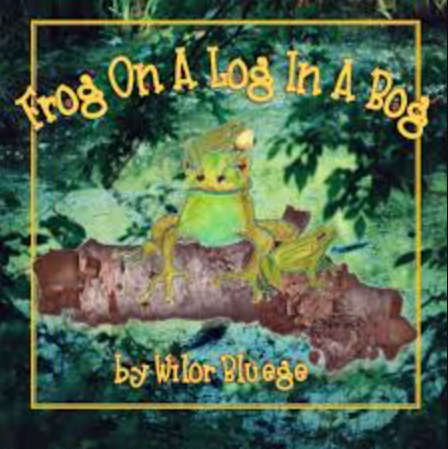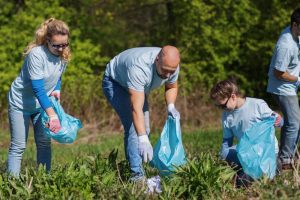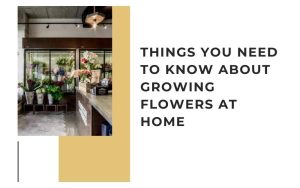
The image of a “Frog on a Log in a Bog” might conjure up a simple, peaceful scene from a child’s storybook. Yet, this serene setting offers a gateway into the fascinating and complex ecosystem of bogs. Wilor Bluege, with her unique blend of educational insight and whimsical storytelling, invites readers to explore the vibrant life and rhythmic dynamics of these wetland environments.
The Life of a Frog on a Log
Bogs are rich in biodiversity, and the frog is one of their most charismatic inhabitants. The “Frog on a Log in a Bog” is not just an amusing image; it symbolizes the adaptability and resilience of these amphibians. Frogs play a crucial role in the bog’s food chain, acting as both predator and prey. Their presence on a log often indicates a healthy aquatic system, where the balance of predator and prey is maintained.
The Bog: A Wetland Ecosystem
Understanding a bog’s ecosystem is essential to appreciating why our frog finds a log an ideal resting place. Bogs are unique wetland areas with their acidic, low-nutrient waters and spongy, peat-filled soils. This environment supports a diverse range of flora and fauna distinct from other wetland types. The “Frog on a Log in a Bog” utilizes this setting as a platform to survey its surroundings, hunt for food, and engage in its mating call.
The Seasonal Changes of a Bog
As the seasons shift, so does the life of the “Frog on a Log in a Bog.” Wilor Bluege describes how each season brings new challenges and opportunities for our amphibious friend. In spring, the bog awakens, with frogs being among the first to break winter’s silence. Summer sees the bog in full bloom, teeming with insect life and providing plenty of feeding opportunities for our frog. Autumn brings a slow down, as the frog prepares for winter, often burrowing into the mud beneath the log.
Educational Insights from the Bog
For educators and parents, the “Frog on a Log in a Bog” serves as an excellent educational tool. Wilor encourages exploring topics such as the life cycle of frogs, the ecological role of wetlands, and the importance of conservation. Children can learn about symbiotic relationships in nature, such as how frogs help control insect populations, benefiting the entire bog.
Conservation Efforts for Bogs
Preserving the natural habitat of the “Frog on a Log in a Bog” is critical. Bogs are sensitive ecosystems, often impacted by human activity such as drainage and pollution. Wilor Bluege stresses the importance of conservation efforts to maintain these environments. Protecting bogs ensures that frogs and countless other species continue to thrive, maintaining the biodiversity necessary for ecological health.
Joining the Effort to Save the Bog
Wilor invites readers to participate in local and national efforts to conserve bog habitats. This can include supporting wetland conservation initiatives, participating in local clean-up events, or educating others about the importance of these ecosystems. Every effort helps ensure that the “Frog on a Log in a Bog” continues to be a common, rather than a rare, sight.
Conclusion:
The “Frog on a Log in a Bog” offers more than just a glimpse into the life of a frog; it opens a window to the broader ecological narrative of bogs. Wilor Bluege has masterfully used this simple image to deepen our understanding and appreciation of these vital wetlands. As we learn to appreciate these ecosystems, we contribute to their preservation, ensuring that the rhythmic croak of the frog continues to echo through these lush landscapes.



